As the consequences of climate change become clearer to us every year, we become more aware of the need to go green. Weather events such as acid rain, rising seas, and erratic temperatures are constant reminders of this reality. Happily, renewable energy technology is becoming better and better, and green energy solutions that were once out of reach of most households have now become much more attainable and compelling. One of these technologies has been wind turbines. The wind is an almost limitless source of energy, and most of the time it blows right past us. But that’s changing with the construction of more and more wind turbines throughout the world.
And while this construction may have once been limited to multi-million dollar and multi-story wind turbines, there are now many more accessible options that could be a perfect fit for many households. If you’re interested in making your house more sustainable with your own small-scale wind turbines, you’ve come to the right place. It’s natural to have some questions with regards to cost, installation, and whether this green energy solution will work for you. As you’ll soon see, there are lots of great reasons to bring wind energy to your home.
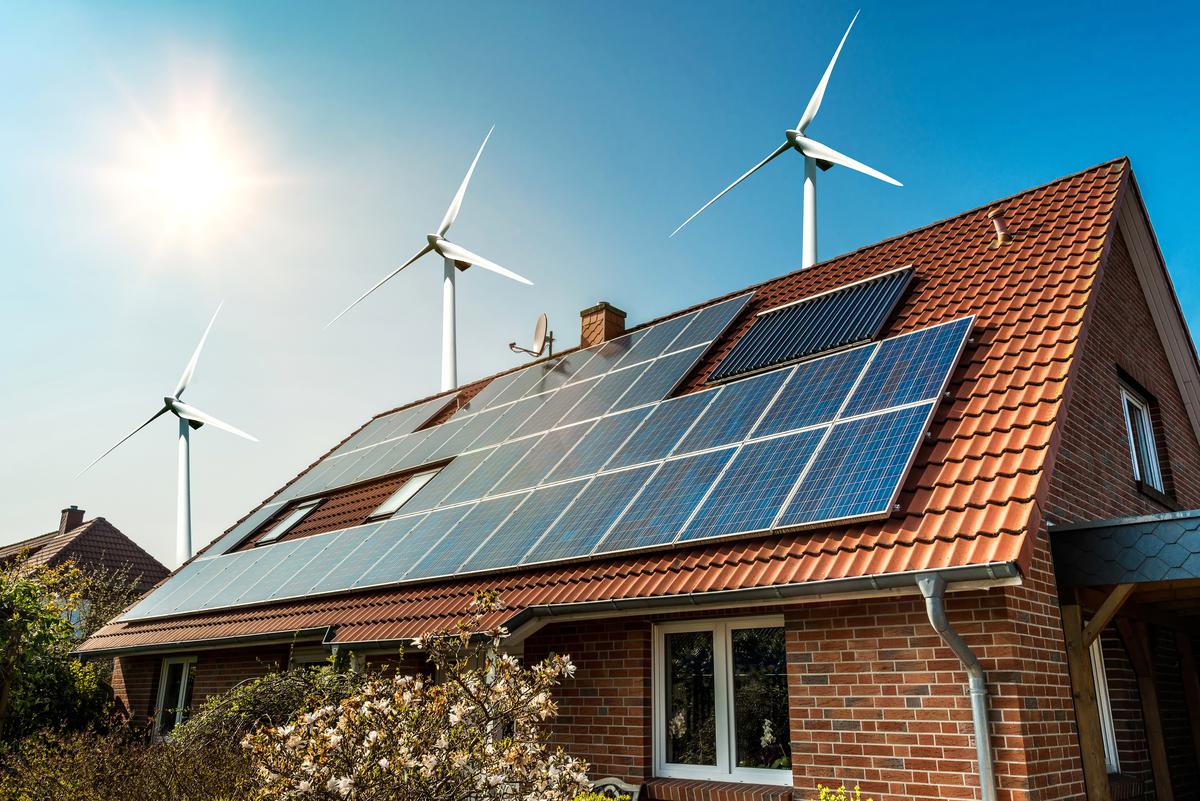
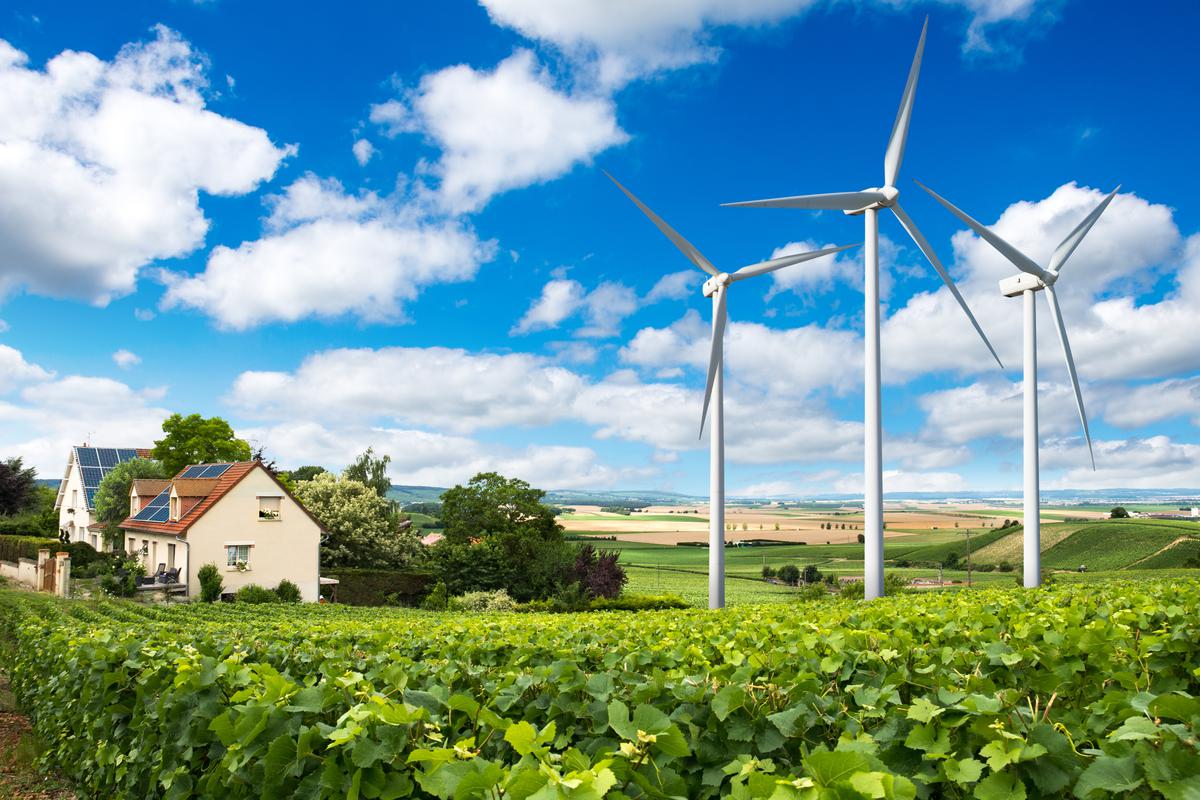
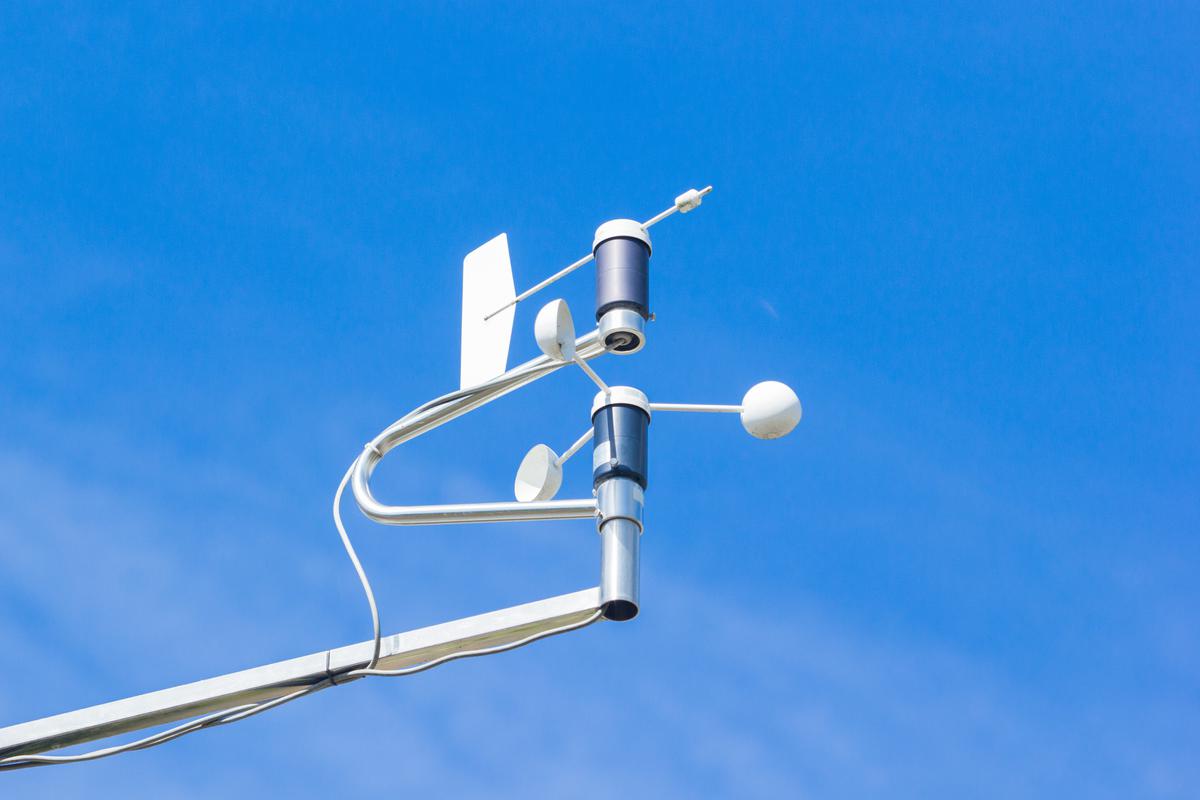
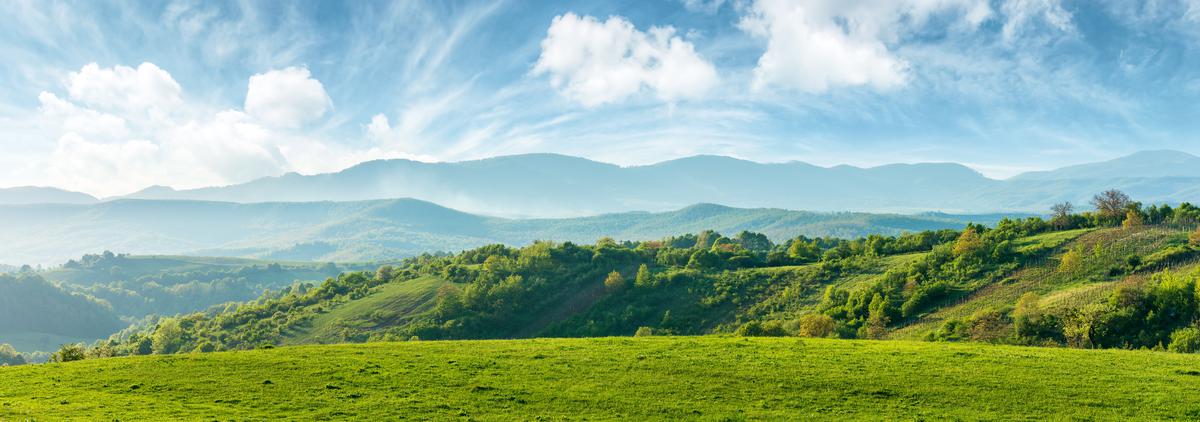

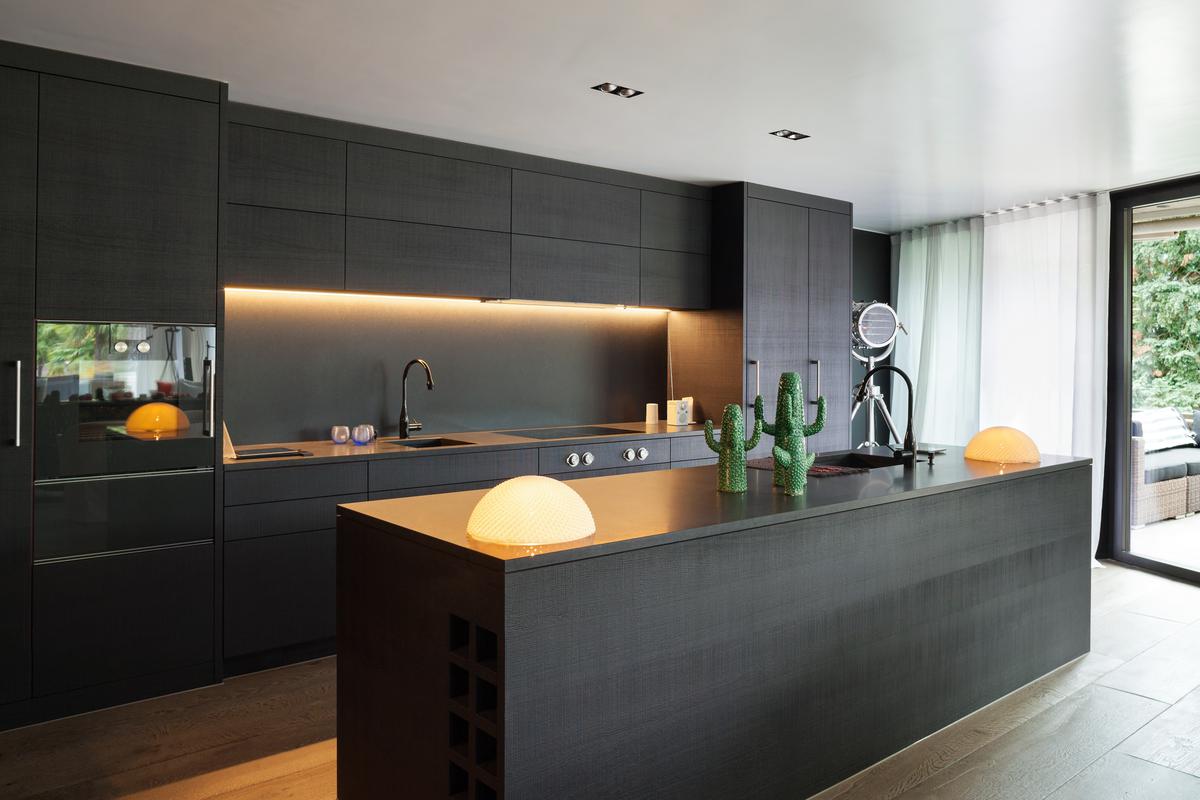
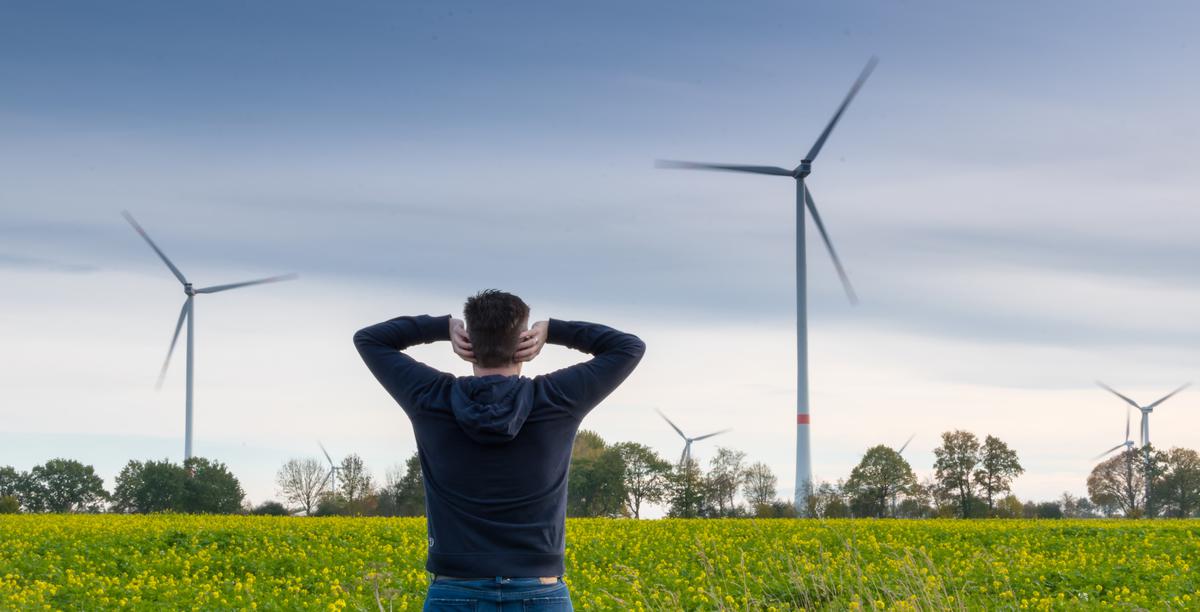
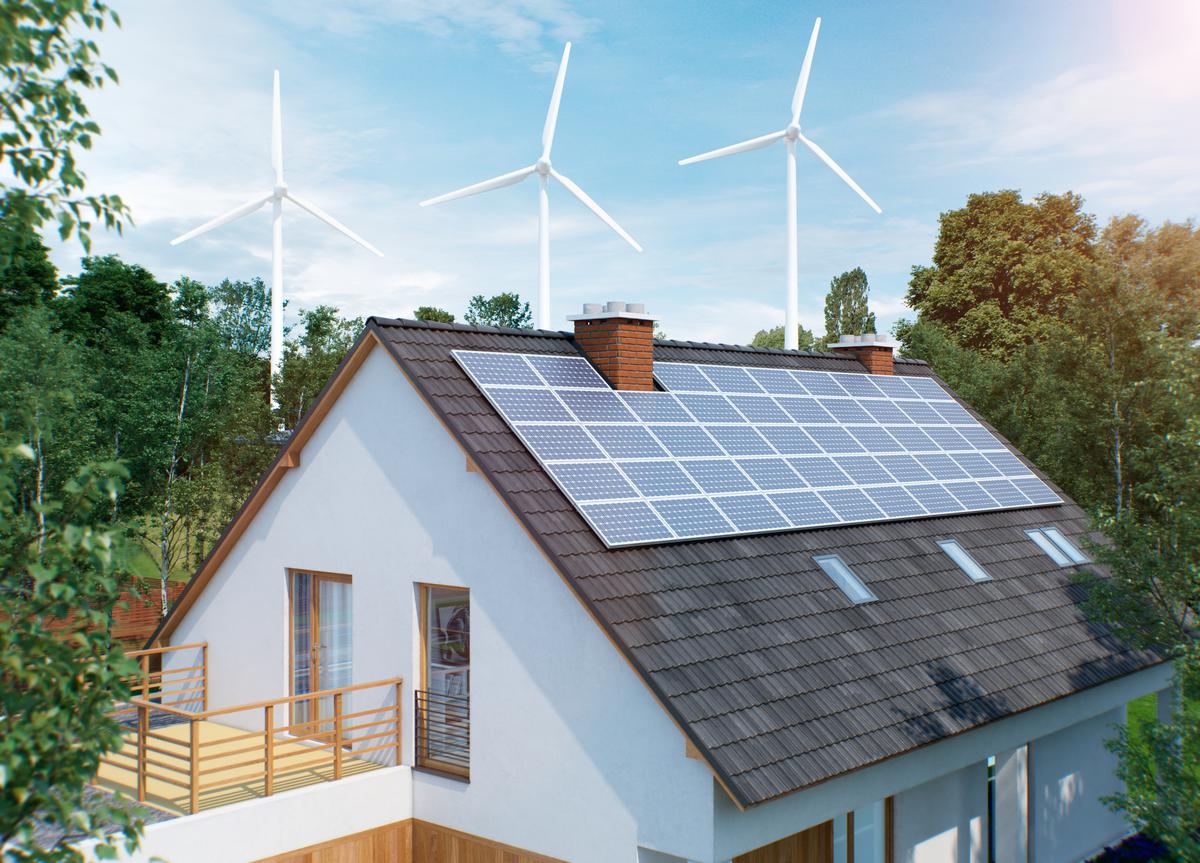

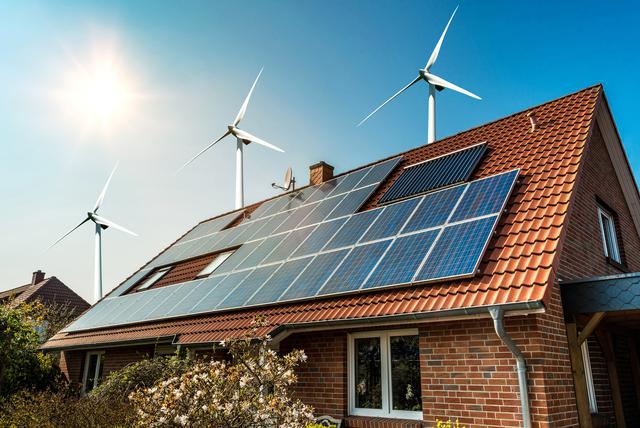
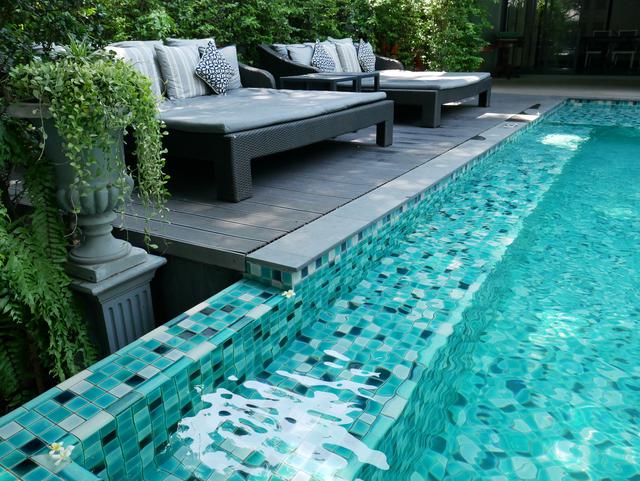
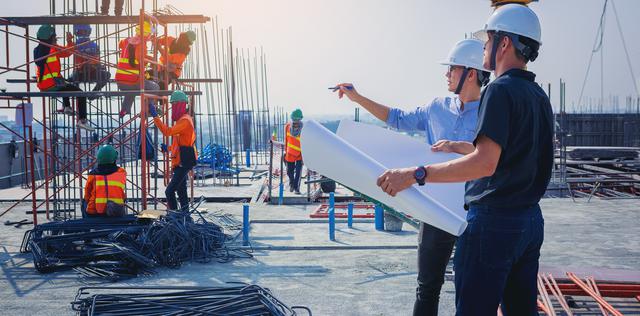
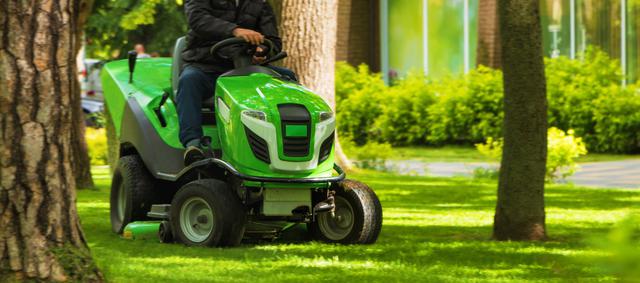
comments